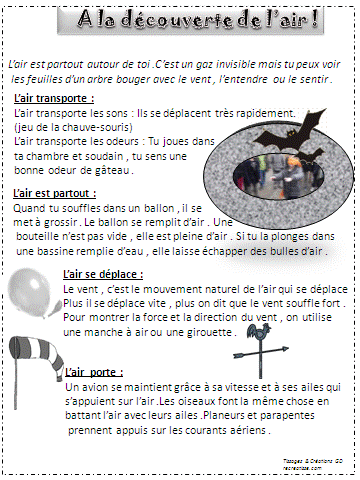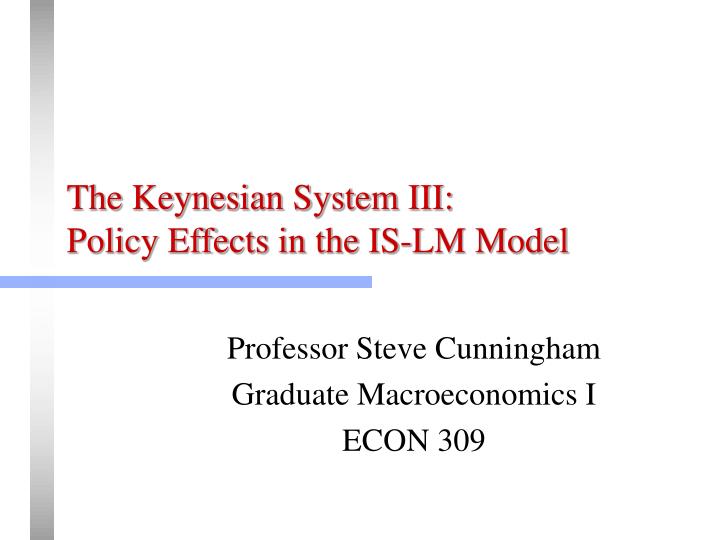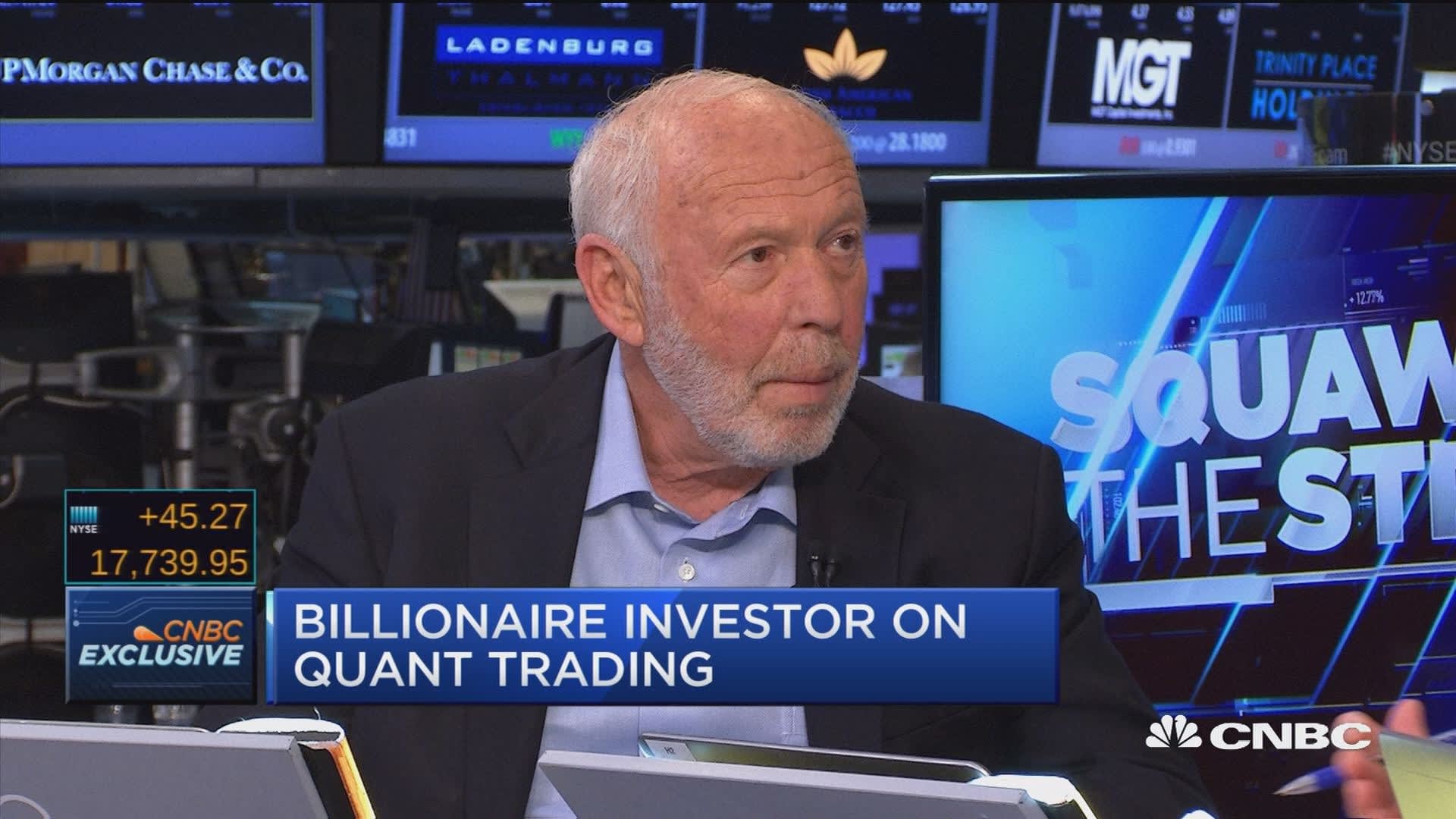Contents:


Additionally, once a business is up and running, it is impossible to operate without working capital. Although fixed-capital assets are often written off over a long time in a company’s financial statements, the Section 179 deduction occasionally allows for a one-time deduction. To identify which assets qualify as fixed capital, you need to comprehend the basic purpose of an asset. Fixed capital is defined as the assets or investments needed to establish and operate a business, such as property or equipment. Usually, working capital refers to cash or other liquid assets that an organisation uses to finance day-to-day operations such as payroll and bill payments.
Apart from payrolls, fixed assets like land, plants and machinery may be one of the largest investments an organization makes. It is considered as a permanent resource for the business and has a long term value. Fixed asset management is therefore an important task for the business in order to save time and money. The main objective of fixed asset management is to maximize the wealth of the company and to provide the best return to the stake holder. Working capital administration ensures a company has sufficient cash flow so as to meet its short-time period debt obligations and working expenses.
Highly secured data can be accessed by accounting professionals or those who are trained for it. For example, a building has to be repaired by maintaining the interiors. Office equipment has to be serviced every six months or every year, which is an expense for the company. “Asset which does not have a physical identify, e.g. goodwill, patents, copyright etc.
In national accounts, fixed capital is conventionally defined as the stock of tangible, durable fixed assets owned or used by resident enterprises for more than one year. This includes plant, machinery, vehicles and equipment, installations and physical infrastructures, the value of land improvements, and buildings. Because your business depends on these investments and assets to stay operational and provide services to clients, this fixed capital or assets can assure its long-term health. On the other hand, your company’s working capital maintains its short-term health. If you have cash in hand or other liquid assets, you may refill inventory, make timely employee payments, pay taxes, and fulfil any other regular commitments.
Conversely, the valuation of current holdings is the value or market price, whichever is minimum. Fixed assets form one of the important asset classes and tend to help business owners to keep their venture afloat. Notably, the treatment of fixed asset accounting is considered essential for the financial analysis of a business firm.
Even if you are paying instalments or via an exchange is also registered in the journal entry. The company’s net income is calculated after depreciating the value of fixed assets. In a company, fixed assets are recorded to clearly understand transactions for the same.
Q2. What distinguishes fixed capital from operating capital?
They can be used to generate revenue and profits for your company. Tangible fixed assets are those that have a physical form, such as buildings, machinery and equipment. An asset is said to be a current asset when it is considered to be sold within one year or the company’s normal operating cycle. Also, it can be their conversion into cash or for using it in providing goods and services. When there is an appreciation in the price of a fixed asset, a revaluation reserve is formed.
Fixed Asset vs. Current Asset: What’s the Difference? – Investopedia
Fixed Asset vs. Current Asset: What’s the Difference?.
Posted: Sat, 25 Mar 2017 13:29:34 GMT [source]
If a holding is kept by a company for selling purposes, it is considered a current asset. Conversely, if an asset is obtained to support a firm for its operations, it is a fixed asset. Common types of fixed assets can be constructions, computer devices, software, real estate properties, machine equipment, furniture and vehicles.
Q1. What exactly is fixed capital?
The amount incurred to get the copyright until the date of the balance sheet will fall under the category of Intangible assets under development. The cost of developing an intangible asset that is not complete falls under the heading of Intangible assets under development. Current property embrace cash and money equivalents, accounts receivable, inventory, and pay as you go bills.
Plant Assets: What Are They and How Do You Manage Them? – The Motley Fool
Plant Assets: What Are They and How Do You Manage Them?.
Posted: Fri, 05 Aug 2022 07:00:00 GMT [source]
Fixed assets are significant for the company to conduct business operations and make a profit. All other commercial, industrial and business reporting enterprises, whose turnover for the accounting period exceeds Rs. 50 crores. While evaluating fixed asset costs, the following terms come in handy.
Liabilities
After a certain time, these assets will incur wear and tear charges. Assets which has a physical form are denoted as tangible assets. Assets such as land, industrial machinery, buildings and many more are categorized under tangible assets. Fixed assets are also known by the terms capital assets or non-current assets. Fixed assets are recorded in the balance sheet under the property, plant and equipment (PP&E) category.
With this information, stakeholders can also understand the company’s prospects. For instance, the balance sheet can be used as proof of creditworthiness when the company is applying for loans. By seeing whether current assets are greater than current liabilities, creditors can see whether the company can fulfill its short-term obligations and how much financial risk it is taking.
- The noncurrent assets owned by a company to utilise continuously for income are termed as fixed assets.
- ERP software helps to track, monitor and maintain the data of fixed assets of the company.
- Fixed assets form one of the important asset classes and tend to help business owners to keep their venture afloat.
- If the fixed asset is purchased in credit, it would be classified under the account payable category.
- Initially, tangible assets are recorded in the balance sheet but later on recorded in the income statement.
This give two examples of fixed assets is yet to be paid by the consumers and is considered as a current holding, provided that it is expected to be paid within one year. But, if a business is making a profit by presenting long term credit to its customers, then a fraction of account receivables are not granted as current assets. Today, there are quite a few asset management software available that track both fixed and current assets. Again, they range from a very simple, basic asset management solution to complicated and comprehensive software deployed on the cloud.
However, if it loses value due to deterioration or obsolescence, then the company will have to spend money replacing it with something new. Now, let’s understand the difference between fixed assets and current assets. The Board also noted another view that the question of revaluation reserve arises in a situation where a fixed asset is revalued and continues to be a fixed asset. A fixed asset is an asset which is not being held for the purpose of being sold that helps in generating revenue.
Thus, Nestle keeps a check on its current assets to get rid of the liquidity risk. It ensures that it has sufficient liquidity to meet its operational needs. This investment is sufficient enough to meet its business requirements within a desired period of time. The tangible fixed assets may be listed under the property, plant, and equipment (PP&E) section of a company’s balance sheet. Current assets and intangible noncurrent assets are listed separately. Current assets are items such as cash and inventory that are used or sold before an accounting period completes.

Cash is the most liquid asset of an entity and thus is important for the short-term solvency of the company. The cash balance shown under current assets is the balance available with the business. It typically includes coins, currencies, funds on deposit with bank, cheques and money orders.
If present belongings are lower than current liabilities, an entity has a working capital deficiency, also called a working capital deficit. Inventory and stocks are tangible assets and come under the cost of goods sold. Therefore, inventory used in production is entered in the cost of goods sold. Likewise, fixed assets such as machinery and equipment are other examples of tangible assets. After their life span, they are entered in the income statement as depreciation. The oil industry is one of the largest industries, which owns a large number of tangible fixed assets.
Common examples of fixed assets include land, factories, and machinery. Understanding what fixed assets are and how they’re recorded in a company’s financial statements can help investors analyze a company’s financial position. Fixed assets are defined as an item of capital that is used in a particular way for its intended purpose. It may be treated as a product that can be used over and over again without being consumed. It is often referred to as an asset because it helps companies generate revenue or profits by generating valuable services, such as manufacturing goods or providing labor.
Tangible Assets: Definition, Examples – Business Insider
Tangible Assets: Definition, Examples.
Posted: Thu, 17 Mar 2022 07:00:00 GMT [source]
These include treasury bills, notes, bonds and equity securities. The trade receivables in Nestle’s balance sheet for the year ended December 31, 2018 stood at Rs 1,245.90 million. Now, the company adopts a different approach to calculate accounts receivables. It provides for the expected credit losses on trade receivables based on the probability of default over the lifetime of such receivables. The allowance is determined after considering the credit profile of the customer, geographical spread, trade channels, vast experience of defaults etc. Accounts receivables are the amounts that a company’s customers owe to it for the goods and services supplied by the company on credit.
Despite the fact that these assets have no physical attributes, they provide the music firm and the musical artist with a future cash reward. Pepsi Company is an example of an intangible asset, with the price of its well-known brand name almost unquantifiable and a key driver of the company’s success and profits. “Fixed asset purchases and sales are considered investment activity on the cash flow statement,” says Zeitier. If a company sells a fixed asset, the money may be recorded as proceeds from the sale of property and equipment. They help generate revenue and support operations, but they can also be used as collateral for loans and other borrowings.
The sale of fixed assets is an Inflow of cash categorized under proceeds from the sale of property and equipment. Later the fixed assets are scrapped or sold and converted to cash. As the company records the depreciating value of fixed assets over time, the investors will get an indication that the company is growing. Industries like manufacturing that own large property, plant and equipment require an accurate record of fixed assets. Furniture such as desks, cupboards, chairs, and conference tables come under the fixed assets category.
- There are some other issues as properly which one wants to think about in relation to working capital investment necessities.
- Manually managing, tracking and monitoring asset transfer is critical for a company.
- Today, there are quite a few asset management software available that track both fixed and current assets.
- And one must be able to differentiate between fixed capital and working capital.
- On which the business will get benefits for a long period of time i.e. minimum of one year are known as Fixed Assets.
Similar to web working capital, the NWC ratio can be utilized to determine whether or not you’ve sufficient present belongings to cover your present liabilities. Any fixed prices on the income statement are also accounted for on the balance sheet and money circulate statement. Fixed prices on the stability sheet could also be either short-time period or long-time period liabilities. Finally, any cash paid for the expenses of mounted costs is shown on the money move assertion.
A robust record keeping has to be maintained to track and manage all the fixed asset accounting. ERP software helps to track, monitor and maintain the data of fixed assets of the company. ERP software provides accurate data for the accounting of fixed assets. A company’s assets are things they own to monitor and control business operations and generate revenue.